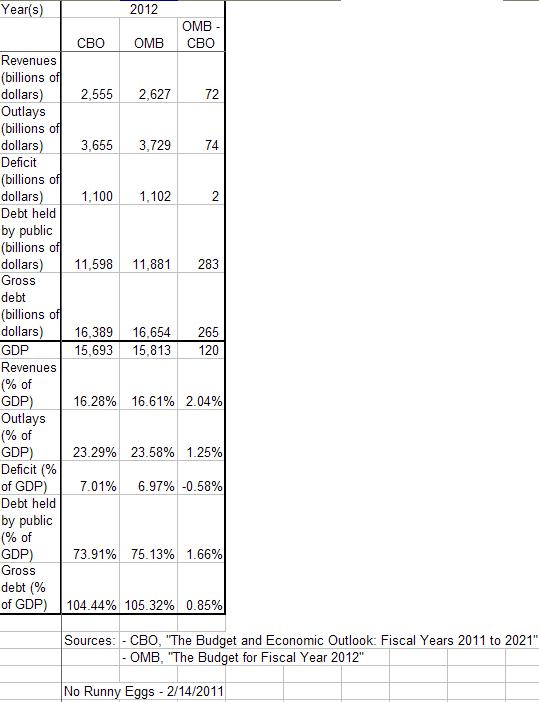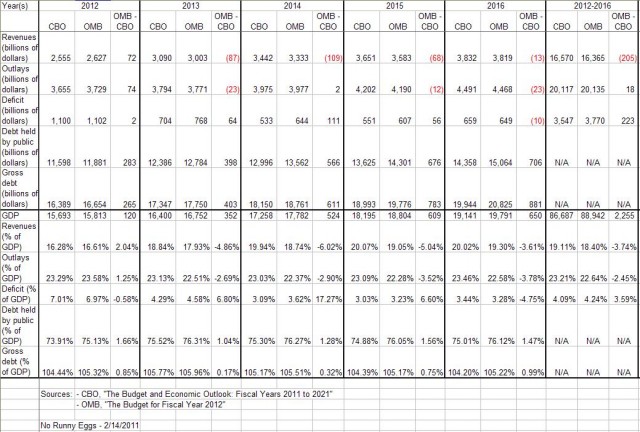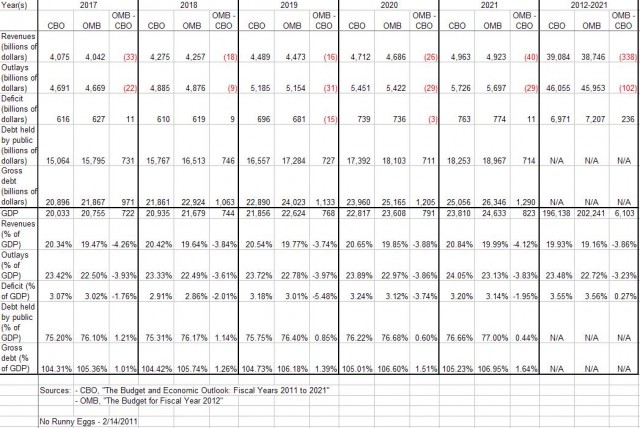One of the topics Rick Moran, Doug Mataconis, Aaron Gee and I didn’t get to on Rick’s show tonight was a discussion of whether Barack Obama is intentionally trying to weaken America. The genesis of this is a piece by Michael Medved in The Wall Street Journal earlier this week disavowing the claims of some conservatives that Obama is intentionally destroying the country. Indeed, in the hot post of the day (and the main reason why I was on Rick’s show), Shoebox and I sort of bandied it about. I suppose it’s time to more-fully flesh out the question, or at least explain whether the intention actually matters at this point.
Perhaps if it were earlier in Obama’s Presidency, the question of intent would be relevant. If he were simply seeing a different path to continue America’s greatness, without intending to weaken America, it would be theoretically possible to convince him his course of action is wrong, and thus turn him from said course. If his intentions were to cripple America, no amount of attempted persuasion would deter him from his course.
Even with the historic defeat of Democrats, both nationally and in key states such as Wisconsin, Obama hasn’t turned from his course. Further, there is a significant body of evidence that the weakening is indeed intentional. On the other hand, since we cannot reliably see into the thought process of another human being unless that person explicitly states the thought process, one cannot simply assume that Obama’s continued push toward what many are seeing as oblivion is due to an intent to drive the US to oblivion.
The penultimate question is whether it really matters whether the damage being done is intentional or not. Insofar as the same amount of damage is being done through a “merely” flawed world view or through malice, it doesn’t. Insofar as it relates to the attempts to vote the destroyer out of office, as much as I would like to say it shouldn’t matter, it does to the degree that elections are a popularity contest. Yes, there is a significant risk of backlash because it is all too easy to falsely accuse someone of having evil intentions rather than simply having bad results, but honestly, there are times that is precisely what needs to happen.
So, is this one of those times to continue to let that metaphorical genie roam outside the bottle? As hard as it is to get the genie back in, like Medved, I think the continued focus on intentions over results is harmful to the cause of defeating Obama in 2012. However, I can’t quite go as far as to say that it would make the task impossible. Let the case be made that the results of Obama’s actions, regardless of motive, are and continue to be ruinous.







